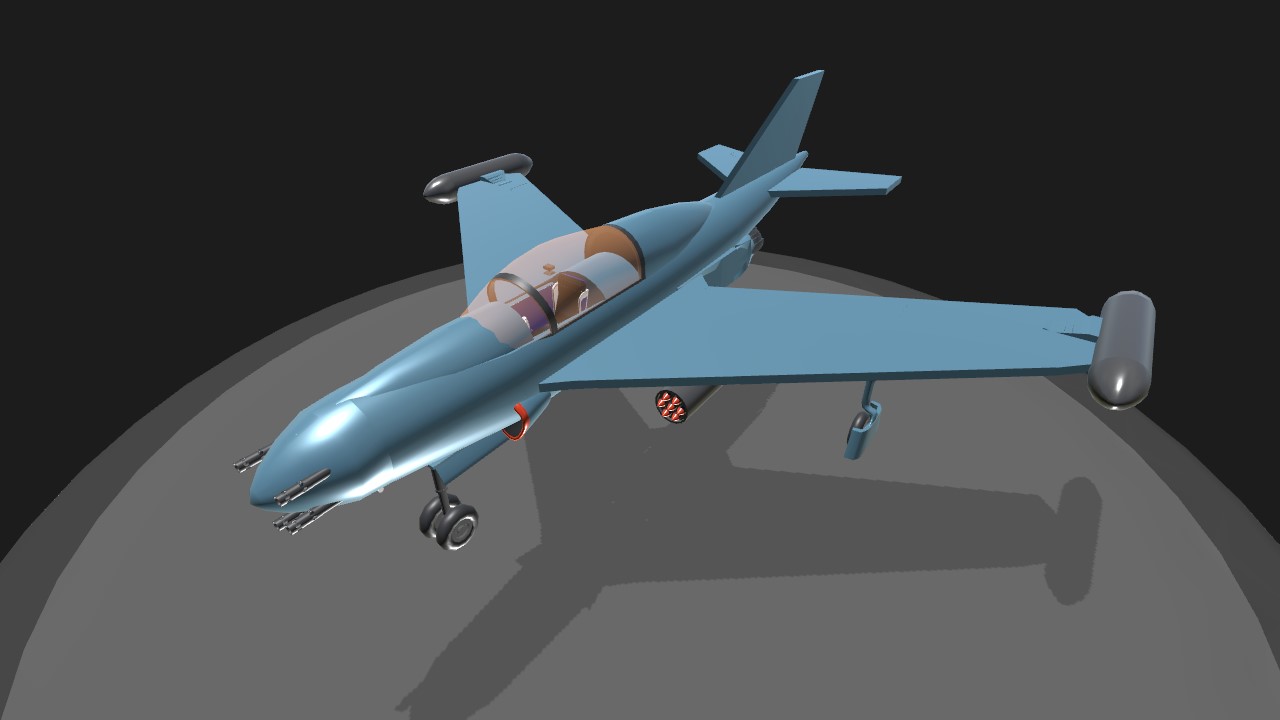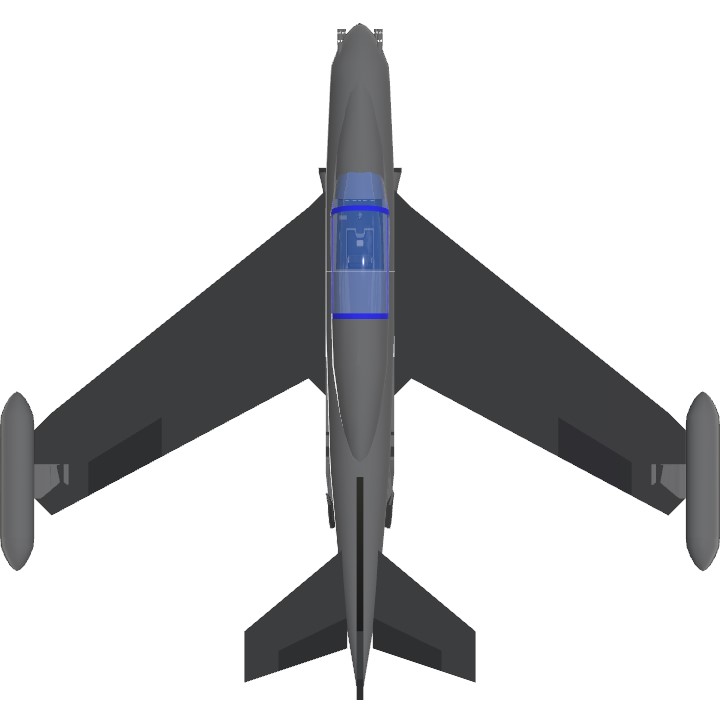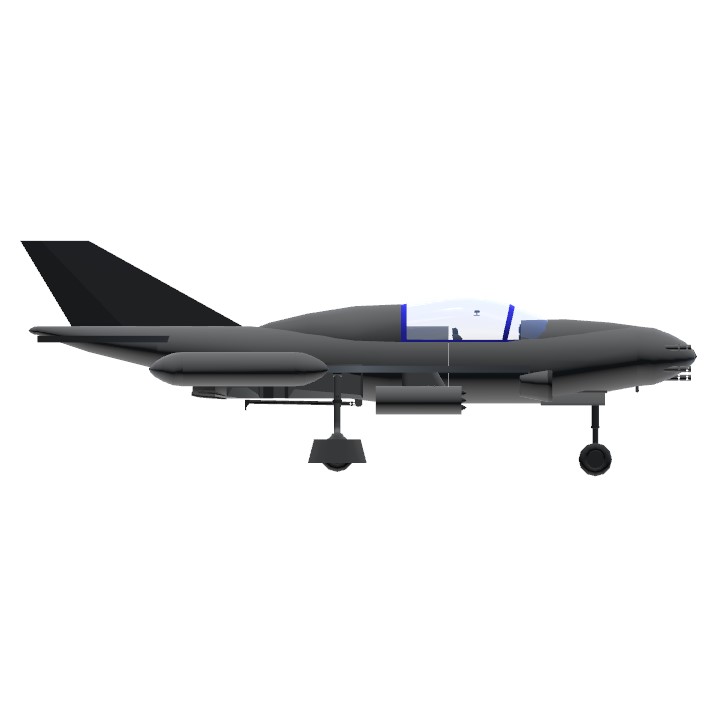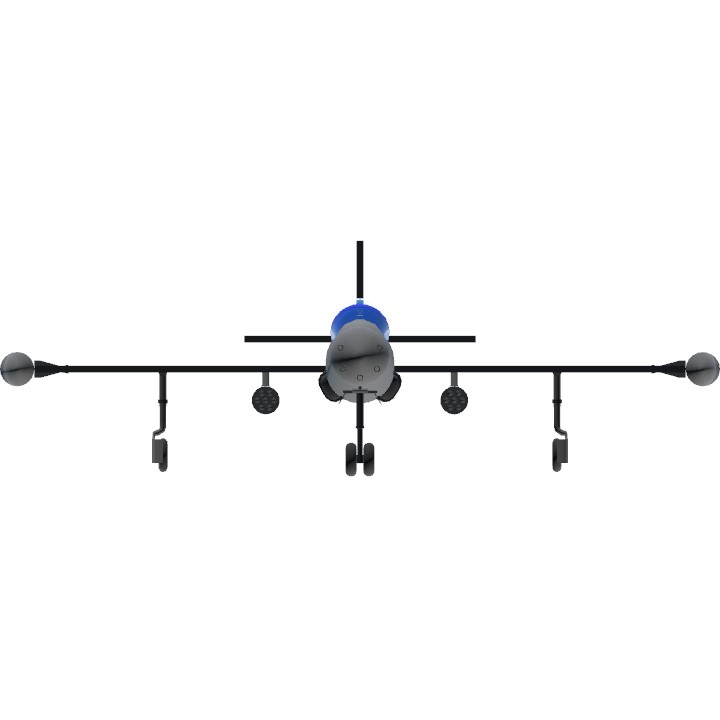In the aftermath of WW2, Cascadia was quick to recognize the rapid shift in aircraft technology brought about by the Me262, F-59 and F-80, and the Mig-9. For the next four years Cascadia would put its military-industrial sector through its paces in the face of the rapid modernization of the Red Army. Aircraft manufacturers both domestic and even groups like Hughes and Grumman abroad worked tirelessly to produce the northwestern nation’s first jet fighter, hoping to win a lucrative contract akin to that of Cascade Aero’s Sky Drummer. Lockheed put forward a replication of the F-80 Shooting Star with swept wings; Republic attempted to push the F-84 Thunderjet, but was first to fail the test due to the craft’s structural problems; North American even went so far as to offer the F-86 Sabre. Ultimately, the trials fell to Boeing and Cascade Aeronautics, but when the trials ended, it was Boeing’s design that ultimately proved itself to be worthy of adoption. Boeing won the contract, and their design became Cascadia’s first jet fighter: the ACF-49 Common Murr.
The aircraft’s name, ‘Common Murr’ was derived from its first test runs at the Yaquina Proving Grounds. During one of its flight demonstrations, the pilot was said to have nearly hit a flock of the namesake birds while flying. The name, despite its peculiarity when applied to a fighter plane, ultimately stuck with it into military service.
The Common Murr soon found itself thrust into its first real taste of action in the Korean War, flying alongside Shooting Stars and Sabres to take down the vast hordes of MiG-15s escorting the Communist war machine. The fighter soon proved itself more than a match for the Mig, racking up well over 67 kills over the course of the first two years of the war. It’s dual ‘Grapevine’ FFAR launchers proved especially deadly both for hunting bombers and for providing devastating ground attacks, where it would strafe columns of T-34s and Katyushas before quickly making a break for friendly territory, often opening the way for Cascadian airborne sabotage squads to drop in amidst the chaos to sow further discord for the North Koreans and their Chinese allies.
By 1953 and the deposing of the North Korean government into exile in Beijing, the Common Murr was ultimately seeing itself preparing to go the way of the F-86 Sabre. The ACF-49 quickly found itself surrounded by new planes and new doctrines - a shift from gunnery to the rising threat of computer-guided missiles. In contrast to the Harpy’s more varied production run during WW2, the Common Murr ultimately remained mostly stagnant with only one major change in 1950 to the plane’s design to improve fuel efficiency. As the Common Murr was retired in favor of new designs such as the ACF-61 Oriole, the large surplus of aircraft found themselves being sold off to Cascadia’s allies and pro-west powers. These included Israel (in direct violation of America and the UN’s 1948 arms embargo), West Germany, Korea, Japan, and, most notably, South Vietnam. Though the planes were able to find additional success in these new overseas environments, whether picking off Arab armor columns, Chinese recon pickets or North Vietnamese patrols, they were ultimately washed out by domestic designs by the late 1960s, and became just another footnote in the pages of first-generation jet fighters and the Cold War as a whole.
Several Common Murr fighters have managed to escape the cutter’s torch, including one unit on display in the main foyer of the SeaTac International Airport.
Controls:
1 - Drop Tanks
2 - Arrestor Hook
3 - Blow the canopy
NOTE: curves to the left. Sorry about that.
Specifications
General Characteristics
- Created On Windows
- Wingspan 34.5ft (10.5m)
- Length 32.3ft (9.8m)
- Height 11.2ft (3.4m)
- Empty Weight 9,997lbs (4,534kg)
- Loaded Weight 14,522lbs (6,587kg)
Performance
- Power/Weight Ratio 1.547
- Wing Loading 58.6lbs/ft2 (286.0kg/m2)
- Wing Area 247.9ft2 (23.0m2)
- Drag Points 2508
Parts
- Number of Parts 64
- Control Surfaces 5
- Performance Cost 355




